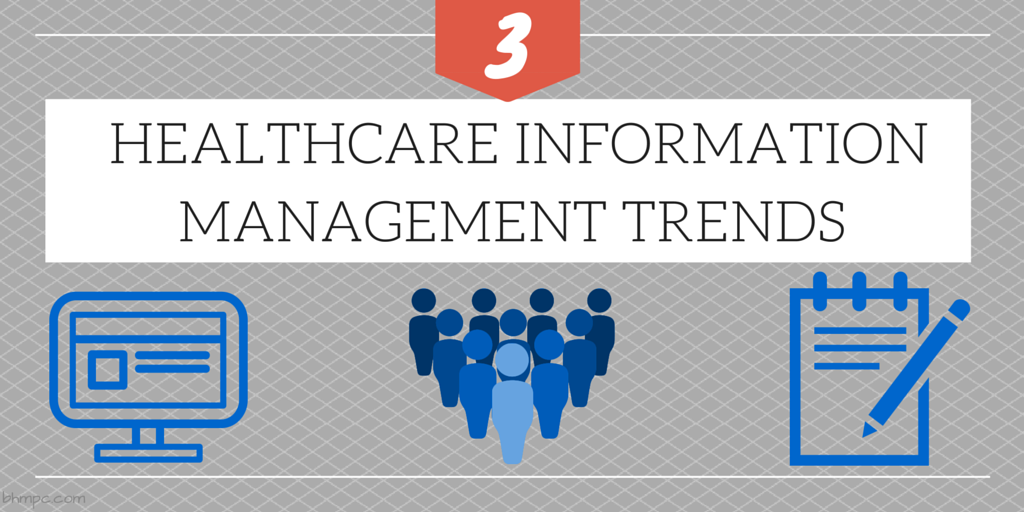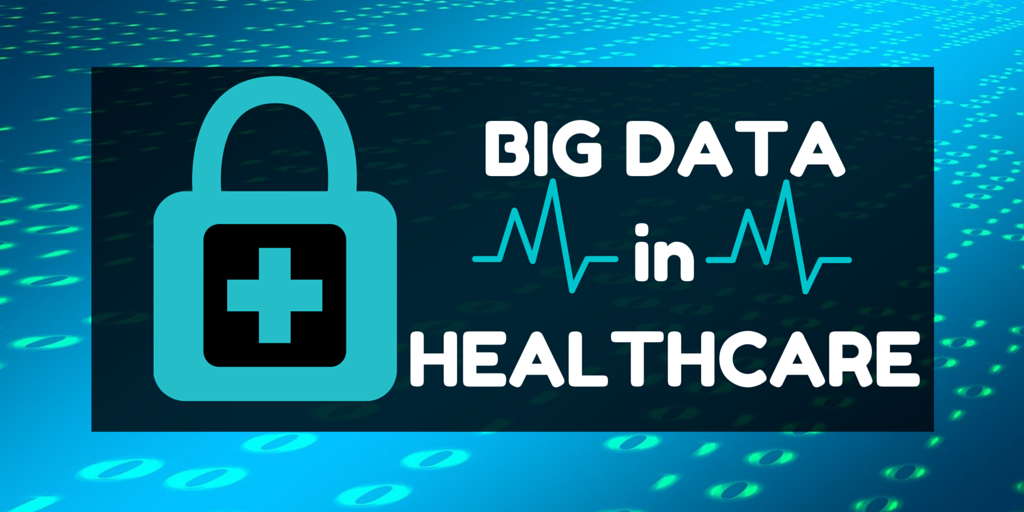13 Tips for HEDIS Success
HEDIS is a tool used by 90% of America’s Health Plans to gauge performance on crucial aspects of care and service. By standardizing the way health plans collect, analyze, and report performance information and data, HEDIS creates an equal playing field for all health plans (who use HEDIS) to be compared. The tool is also used by health plans to learn which area they can improve in. On the other end, employers, consultants, and patients use HEDIS data to help them select the best health plan for their needs.








